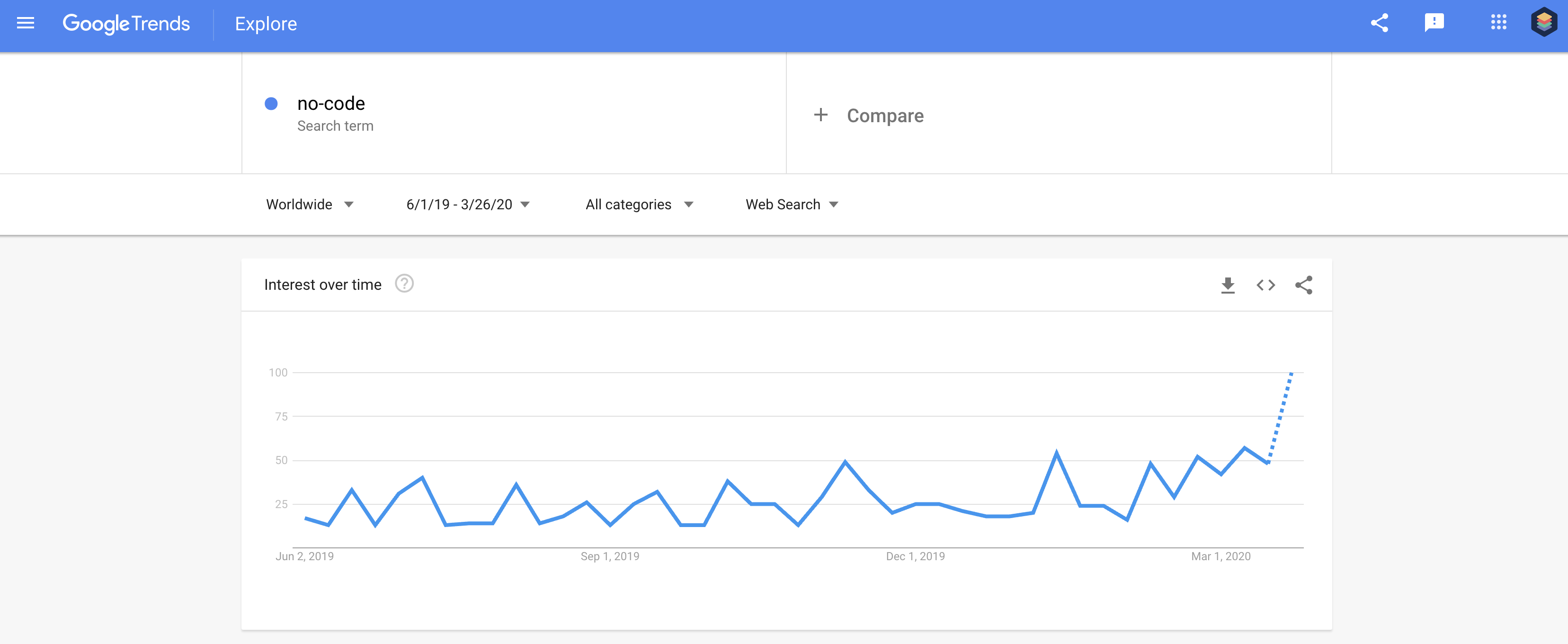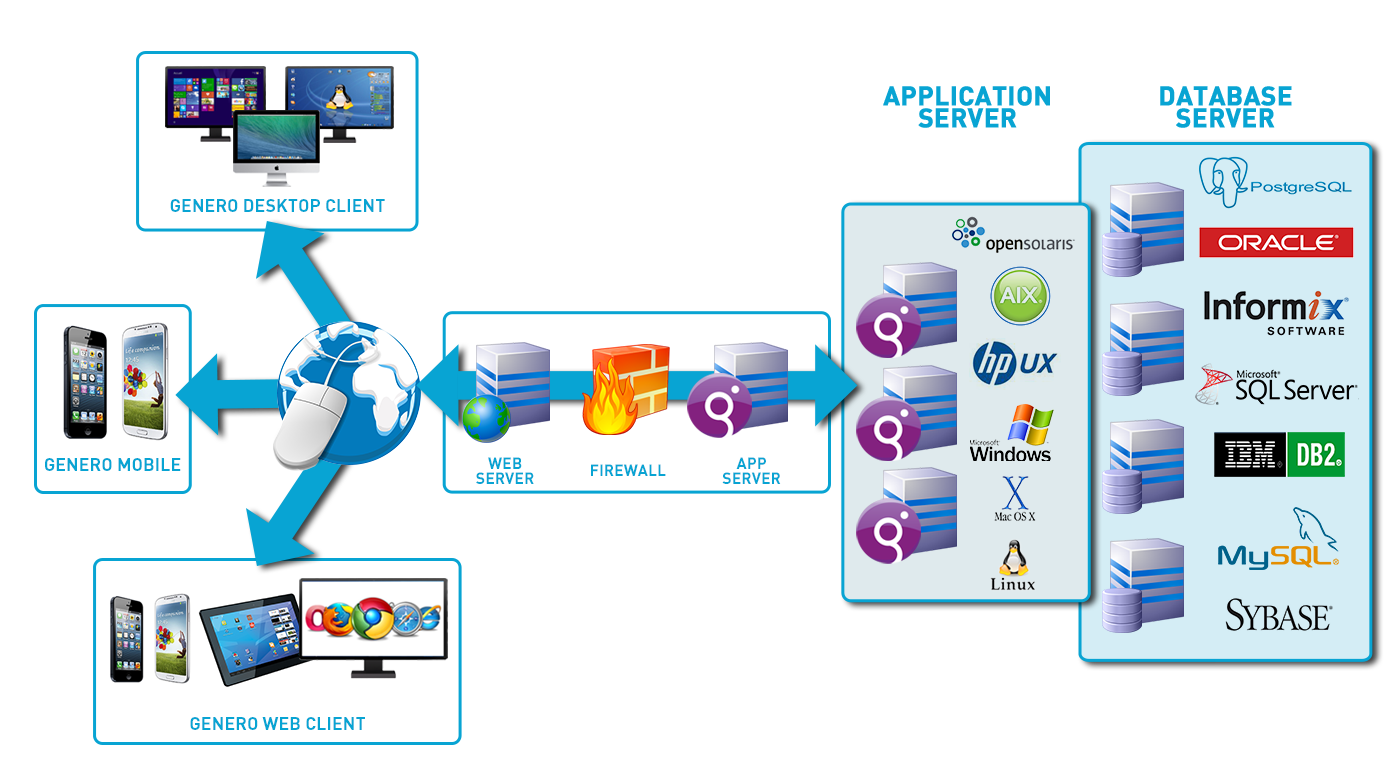Produce Open Platform Databases Easily with the Best No-Code Tools Available
Produce Open Platform Databases Easily with the Best No-Code Tools Available
Blog Article
Exploring the Benefits of Scalable Databases That Call For No Coding Skills for Efficient Data Administration Solutions
The introduction of scalable data sources that eliminate the necessity for coding skills offers a transformative possibility for organizations looking for reliable data administration solutions. As we think about the ramifications of such innovations, it becomes vital to check out just how they can improve the landscape of information monitoring and drive sustainable development in an affordable atmosphere.
Improved Access for Customers
Boosted access for customers is a critical aspect of scalable data sources, making certain that information monitoring systems are instinctive and easy to use. In an era where data-driven decisions are paramount, accessibility enables a bigger series of customers, including those without substantial technical experience, to involve with database systems effectively. This democratization of information accessibility assists in enhanced collaboration throughout divisions, empowering staff members to make and remove insights informed decisions.
User-friendly user interfaces, such as drag-and-drop functions and visual information representation, streamline complicated information interactions. These enhancements lower the knowing curve related to conventional database management, allowing users to concentrate on leveraging data instead of facing technical intricacies. Furthermore, scalable databases frequently include personalized dashboards and real-time analytics, giving individuals with prompt insights customized to their particular demands.

Cost-Effectiveness and Source Financial Savings
Reliable information management not just depends upon accessibility yet likewise on cost-effectiveness and resource financial savings. Scalable data sources developed for customers without any coding abilities substantially decrease economic problems typically related to conventional database administration systems. By eliminating the demand for specialized programs knowledge, companies can designate their sources extra efficiently, concentrating funds on core business tasks instead than comprehensive training or working with proficient employees.
Furthermore, these data sources often use cloud-based remedies, which further minimize prices associated with hardware and upkeep. Organizations can scale their data source solutions according to their needs, preventing the expenditures incurred from over-provisioning resources. This versatility suggests businesses can adapt to altering needs without sustaining unneeded prices, leading to substantial long-lasting financial savings.
Furthermore, easy to use user interfaces simplify information entry and administration procedures, reducing the moment invested in management jobs. This performance converts right into labor cost savings, permitting groups to concentrate on tactical efforts instead than routine maintenance. Overall, adopting scalable databases that need no coding abilities promotes a much more cost-efficient approach to data management, enabling companies to maximize their resources while preserving high levels of operational efficiency.
Improved Partnership Across Teams

Furthermore, scalable data sources facilitate smooth interaction amongst employee. With user-friendly user interfaces that require no coding abilities, this page workers can quickly produce, customize, and share records or dashboards customized to their particular demands. This democratization of information equips non-technical users to add insights, boosting try these out the joint environment.
Additionally, these databases support concurrent access, allowing multiple users to function on the same dataset concurrently. This function improves efficiency, as teams can engage in joint data analysis without the risk of variation control concerns. The capacity to leave remarks or notes directly within the database further promotes discussion and makes clear information interpretations.
Streamlined Data Management Processes
In today's data-driven environment, companies identify the requirement of structured data administration processes to maximize performance and precision. By leveraging scalable data sources that call for no coding abilities, organizations can streamline their data handling and lower the intricacies normally connected with conventional database systems. This accessibility encourages non-technical individuals to engage straight with data, facilitating quicker decision-making and minimizing reliance on specialized IT personnel.
Structured data monitoring procedures improve workflow by automating regular tasks such as information entrance, validation, and coverage. Automated data assimilation makes certain that details from various resources is aggregated flawlessly, getting rid of silos and fostering a merged view of essential service metrics (no-code). Easy to use user interfaces enable employees to manipulate data quickly, allowing them to produce understandings that drive calculated initiatives without the demand for comprehensive training.
This efficiency not only accelerates functional processes yet additionally lessens the possibility for human error, ensuring that data continues to be trustworthy and accurate. Ultimately, structured data monitoring procedures through scalable data sources bring about enhanced efficiency, allowing organizations to concentrate on core activities while making sure that their data administration methods are efficient and effective.
Scalability for Growing Organizations

For expanding ventures, the capacity to scale up or down is vital. A scalable data source can deal with an influx of data generated from brand-new consumers, items, or solutions, guaranteeing that company procedures continue to be undisturbed. These data sources supply the ability to take care of peak tons efficiently, which is essential throughout periods of quick growth or seasonal spikes.
In addition, numerous scalable data source options are designed with straightforward interfaces that call for no coding skills, encouraging non-technical staff to take care of data successfully (no-code). This democratization of data administration permits organizations to allot resources strategically and minimize dependency on specialized IT workers
Ultimately, embracing a scalable data source not only improves operational effectiveness but likewise cultivates an atmosphere where organizations can develop and innovate without the restrictions of traditional database systems. This versatility placements organizations for long-lasting success in today's affordable landscape.
Conclusion
To conclude, scalable databases that call for no coding skills supply substantial benefits for efficient information monitoring. These systems boost ease of access for non-technical individuals, minimize functional costs, and promote partnership across teams. By enhancing information monitoring processes and offering scalability for growing services, such remedies enable organizations to adapt to altering demands successfully. Ultimately, the adoption of these user-friendly databases promotes advancement and placements organizations for long-term success in a dynamic environment.
Boosted ease of access for individuals is a vital aspect of scalable databases, making certain that information administration systems are user-friendly and user-friendly.Easy to use user interfaces, such as drag-and-drop functions and visual data depiction, streamline complicated information communications. Overall, taking on scalable databases that require no coding abilities promotes a more affordable approach to information administration, enabling companies to maximize their sources while preserving high degrees of operational efficiency.
By leveraging scalable data sources that require no coding abilities, services can simplify their information handling and decrease the intricacies commonly connected with traditional data source systems - no-code.Streamlined information management processes enhance process by automating routine tasks such as information entrance, validation, and reporting
Report this page